Reflections on architecture
South Africa: Part II / Cape Town
April 10th, 2013Intro
In Johannesburg we’d been told that Cape Town was more like a European city than an African one. As it turned out this was true. It had a much slower pace and was pretty to look at, with a big rock in the middle - a bit like Edinburgh then…


11/ Porky Hefer, Animal Farm
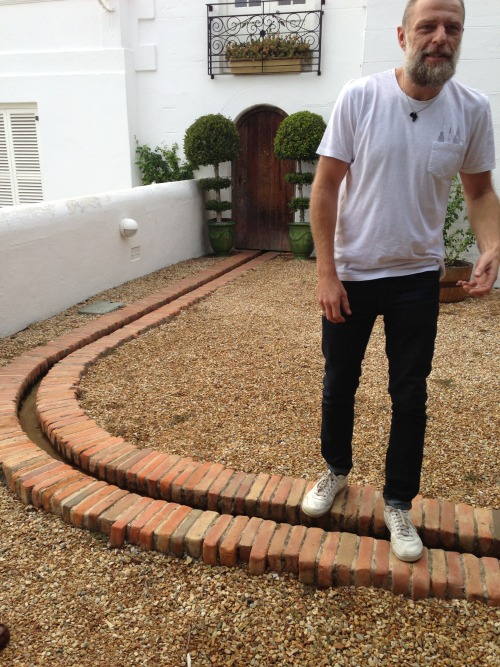
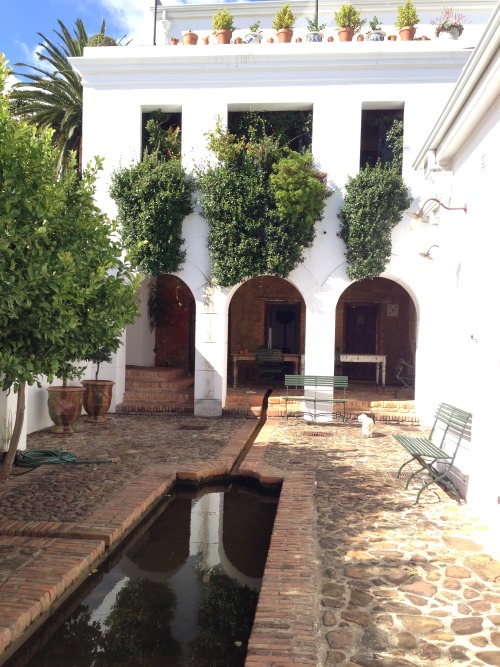
Our first visit was to Animal Farm, established in 2007 with an aim to show what the power of creative collaborations can achieve.
Porky Hefer is a conceptual designer who works with things around us that we often don’t appreciate to create works ranging from public sculptures to product and furniture design.
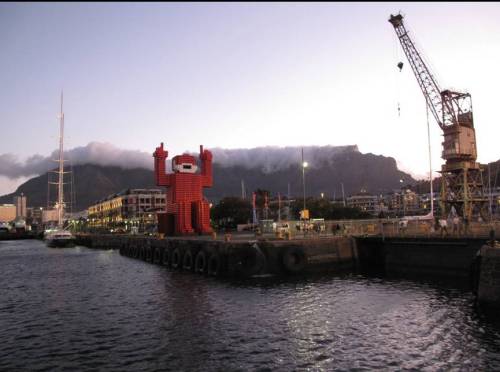
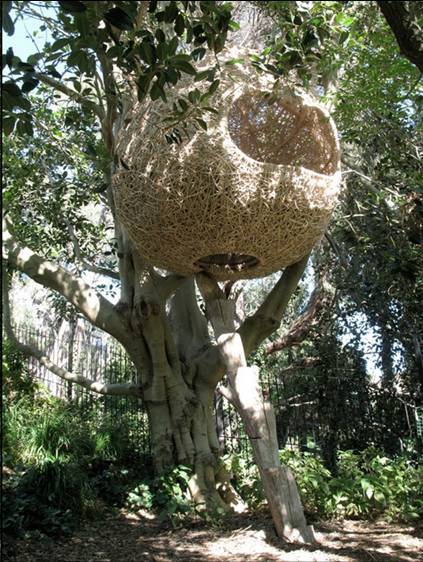
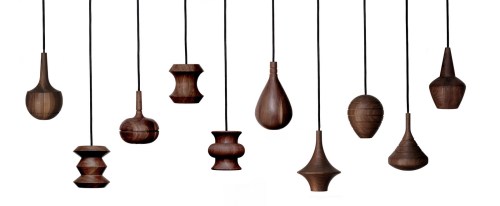
(Crate Fan, Nest & Pendant Images courtesy of Animal Farm)
He’s probably best known for CrateFan who became an icon at the 2010 World Cup. Originally conceived as a temporary structure, it’s still standing today due to its continued popularity. Other work included a series of raised hideaways woven like bird’s nests and spun solid timber light pendants (Swarm)– his homage to Eames.
He raised concerns over the lack of iconic South African designers - that they don’t recognise or celebrate them enough with an over-reliance on importing things (both ideas & materials).
I loved his, “Skill don’t Kill” idea which would see a national South African skills camp replace military service.
12/ James Mudge
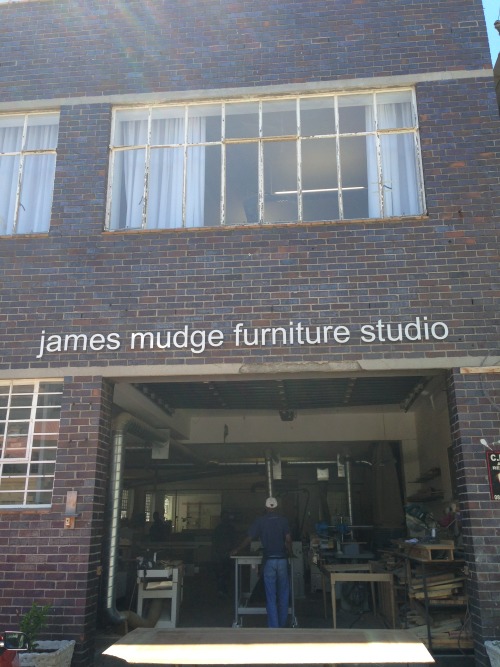
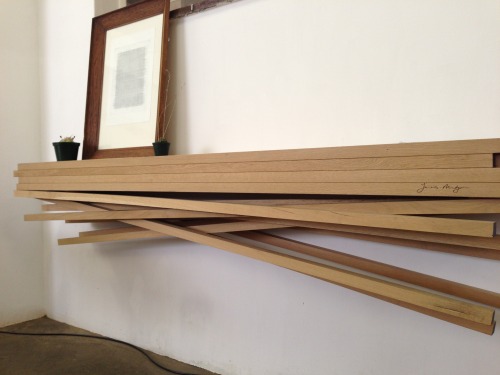
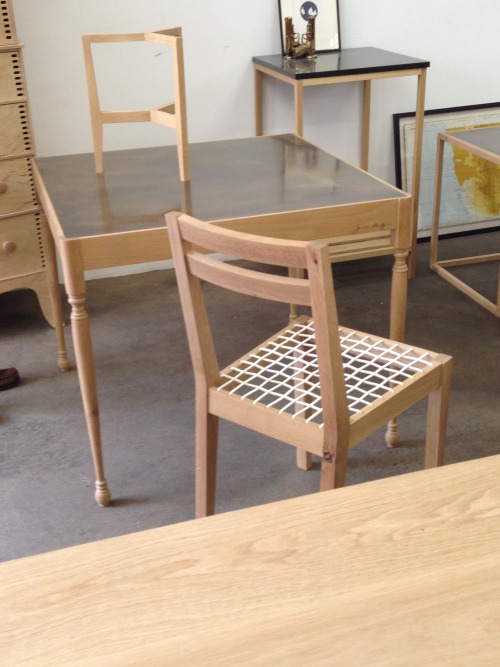
James Mudge Furniture Studio are specialists in the design and manufacture of high end, contemporary timber. James has a background in architecture and comes from a family of cabinet makers. The workshop is in the front of house with an office and gallery to the rear. As with others above his products are beautifully crafted with the materials mainly imported, with little if any use of native South African timber. I was distracted by the huge sander!
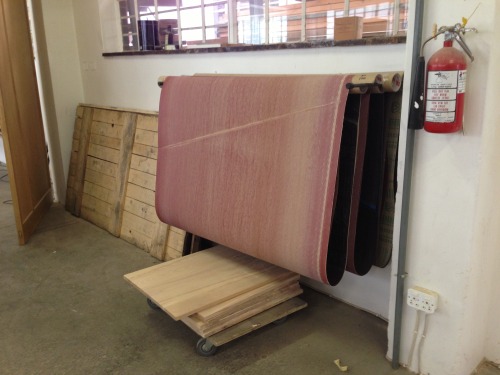
13/ Willow Lamp

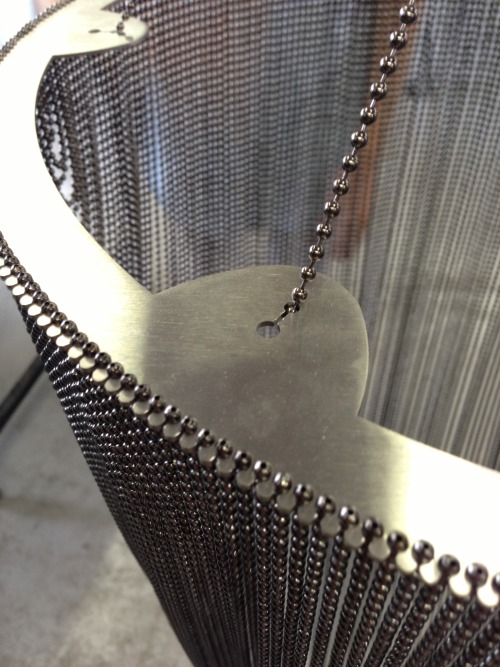
The next studio & workshop visit was to Willow Lamp, who are industrial designers and specialise in the design and manufacture of pendant lights. Somehow they’ve managed to patent a simple method of attaching ball chain to bespoke laser cut steel frames and they seemed to be doing very well.
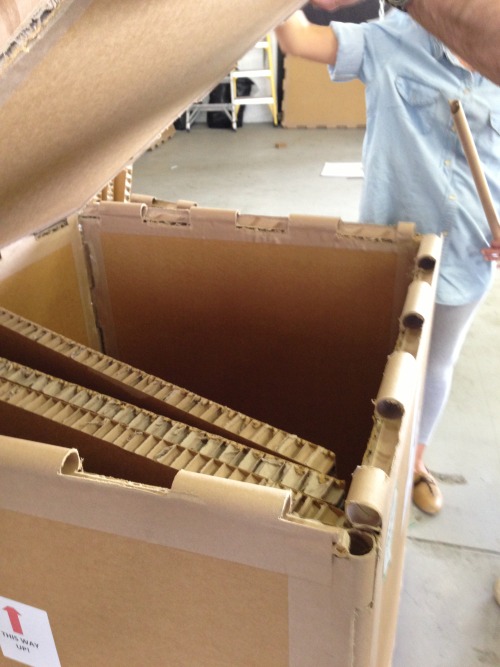
I was also interested in their use of the Rebul packaging system which is incredibly strong, cheap and sustainable.
14/ Heath Nash
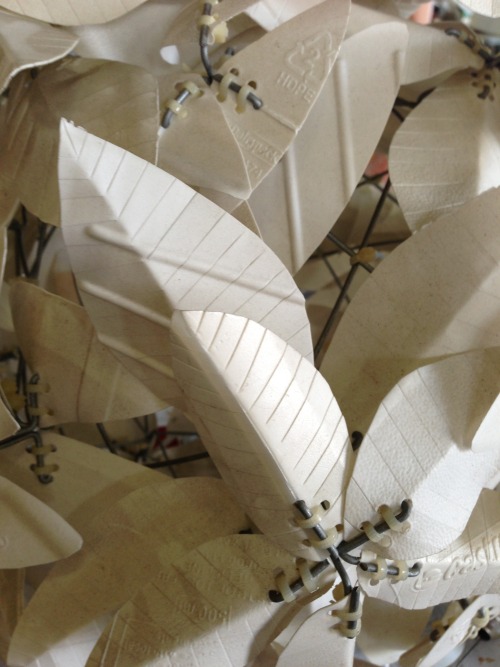
Then we went to Heath Nash’s studio who designs and manufactures sculptural pieces by combining recycled plastic materials with traditional techniques, eg. basket weaving. He is self taught and collaborates with remote African communities who inspire his work. As with the most of the above, he is a member of Southern Guild which is a forum for South African designers to support and challenge each other.
15/ Southern Guild, The Woodstock Foundry
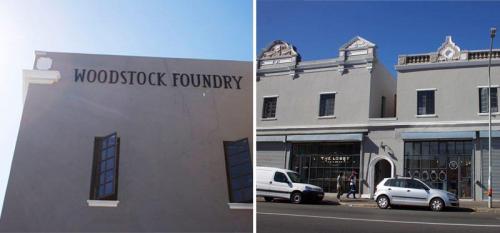
(Image by Southern Guild)
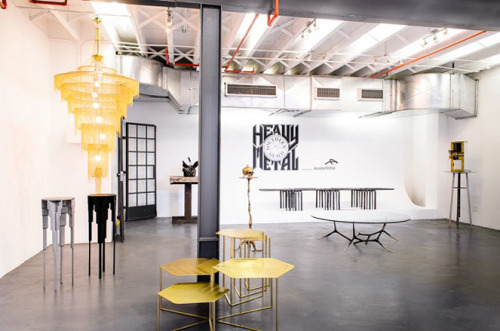
(Image by Dezeen.com)
That evening we attended the Southern Guild annual exhibition opening, Heavy Metal at the Woodstock Foundry which showcased the best work from local designers. Established in 2008, SG is a platform to promote new top-end design work showcasing collectively at an international level and has reputation for innovation and a fresh perspective.
16 / Grand Cafe & Beach
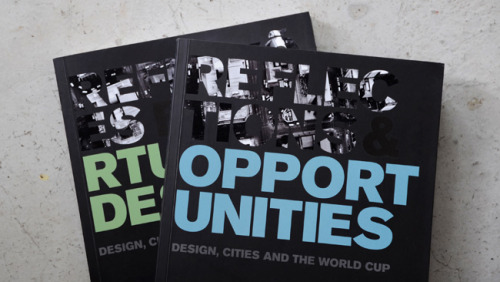
(Image from designingsouthafrica.com)
Afterwards, at dinner we met Daisy Ginsberg, David Adjaye, Oscar Diaz and Zahira Asmal. I’ve included some information about Daisy in the Design Indaba section and most of you will already know the work of contemporary architect David Adjaye and product designer Oscar Diaz but perhaps less so that of Zahira. She has recently edited the book, Reflections and Opportunities, published by Designing_SouthAfrica which is the first formal South African gesture towards sharing the experience and learnings from hosting the World Cup with Brazil.
17/ Woodstock Exchange
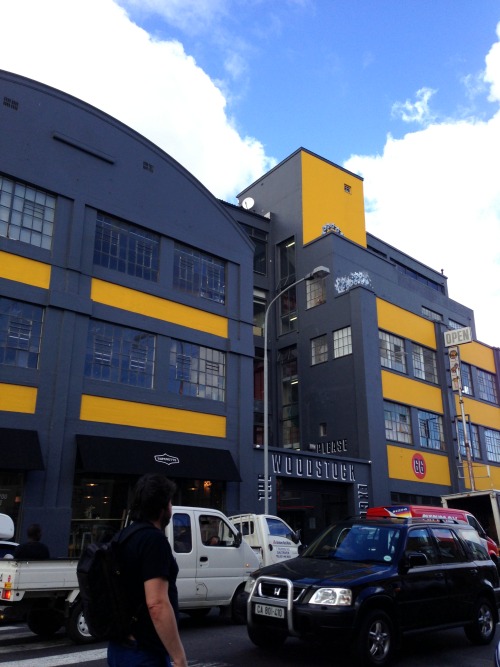
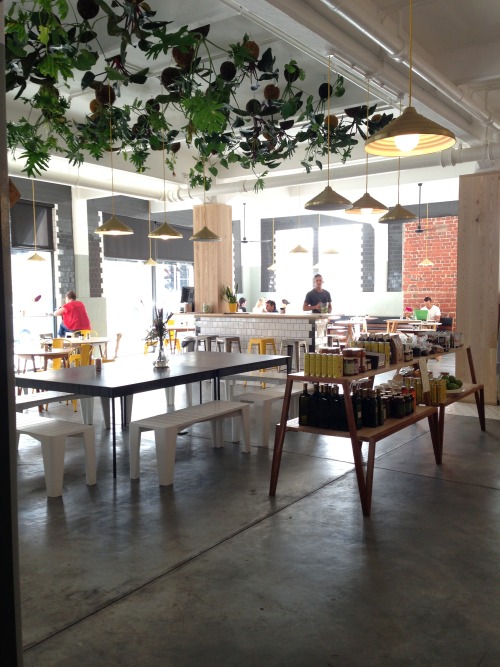
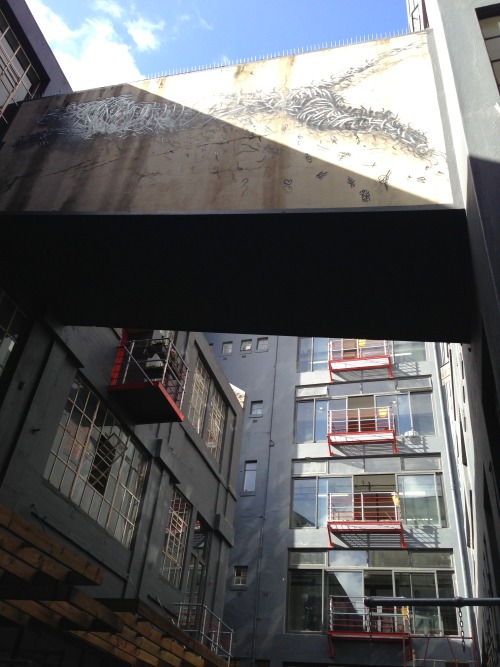
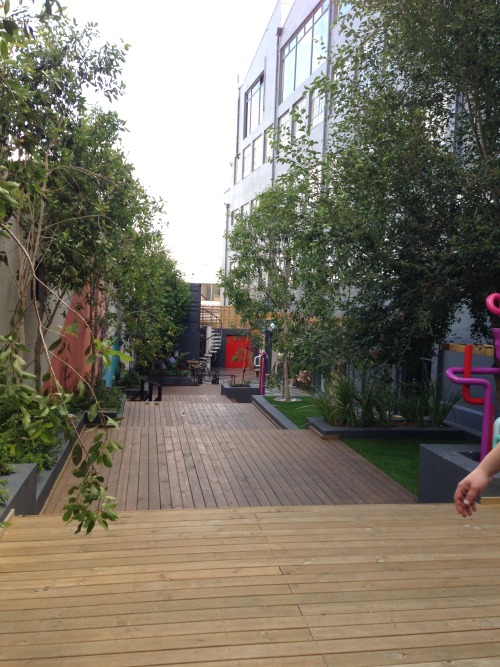
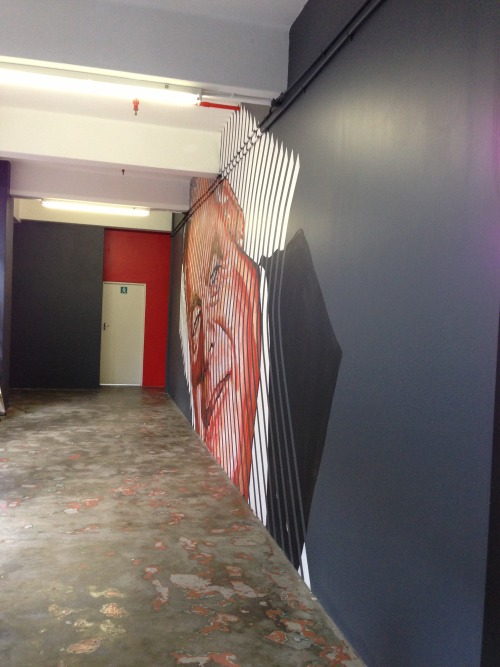
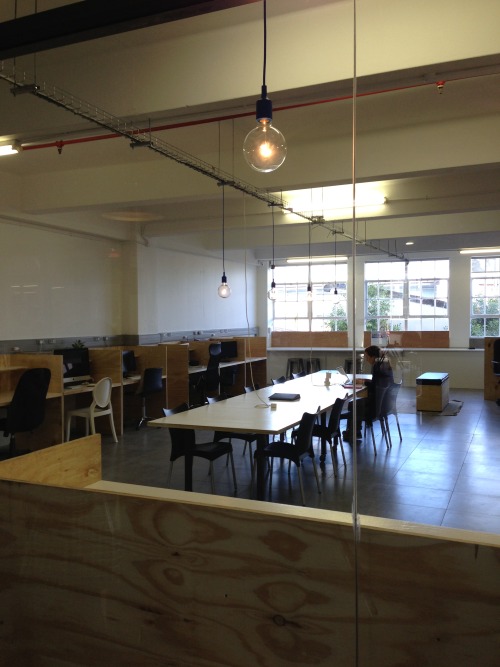
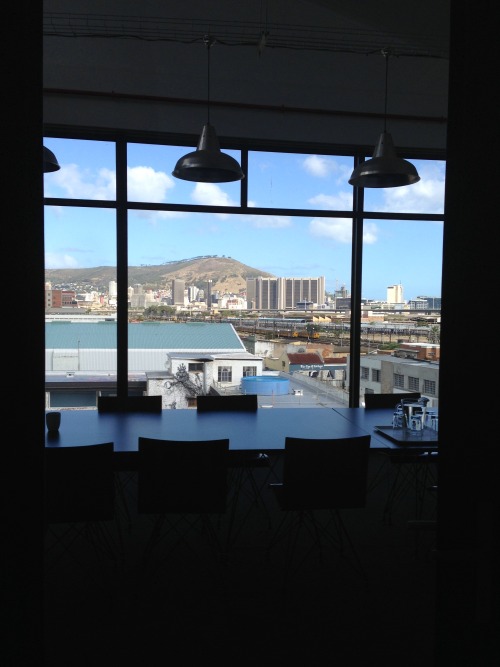
Next up we met one of the developers behind the Woodstock Exchange - Nick Ferguson. The WE is a hub of workshops, studios and retail units in one building.
The shops often collaborate, share ideas and make their products on site. At approx £200 pm for a standard unit, it is affordable and the companies benefit from each other’s diversity and success.
There is everything from illustrators, painters and photographers to furniture, bag & shoe makers and barber shops, artisan chocoloatiers, with fish-mongers in-between. There is even a Google Incubator office (88mph/Umbono) on the top floor with great views of the city.
Each company is carefully selected to maintain the vision for the building and help it become a central hub for fresh creative industries. It provides a platform which encourages young designers to believe in their ability and successfully run their own business. This reflected a more collective approach to entrepreneurship seen earlier in the trip.
18/ Fringe Design District


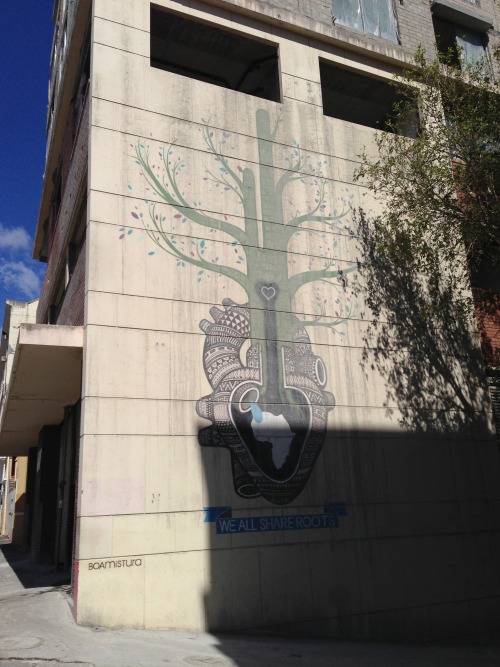

We then met with local town planner, Yehuda Raff who took us on a tour round the Fringe Design District of CT. He’s clearly been instrumental in the district’s recent transformation.
He believes in open streets, pedestrianisation, cycle lanes and the city as outdoor art. These elements would undoubtedly benefit both cities and in particular Johannesburg with it’s reliance on the vehicle.
19/ Fablab at Cape Craft Design Institute

Within the district is the CCDI Fablab - a 3D modelling workshop similar to Maklab in Glasgow. It caters for craft producers in the Western Cape who want to develop products, and need machines which are otherwise unavailable to them. Users are fully trained by the technicians and through programmes designed for each project. The support encourages young designers to see a project through to completion rather start something and then loose interest.
20/ Mokena Makeka
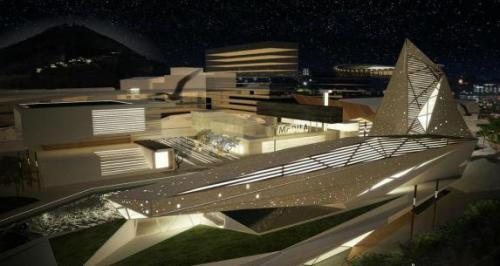
(Image courtesy of www.urbika.com)
Our meeting with Mokena was in his offices, Makeka Design Lab in city centre. There he explained his ideas behind MoDila – a concept for a Museum of Design, Innovation, Leadership and Art which he conceived using funds from winning the Johnnie Walker Celebrating Strides Award. He wants to challenge how museums are traditionally perceived in SA which was particularly interesting after our trip to Museum Africa.
He has a very strong social agenda and using MoDila plans to get children from different economic backgrounds into higher education by organising weekend workshops.
Summary
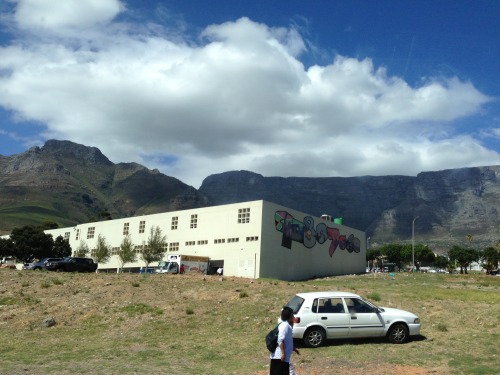
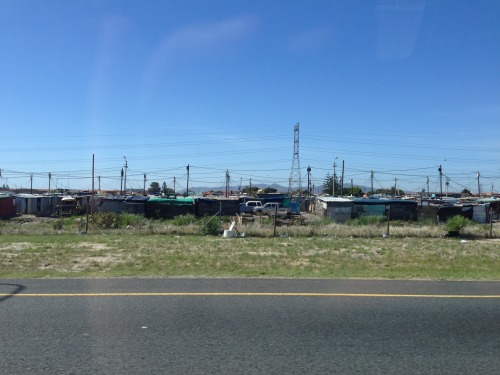
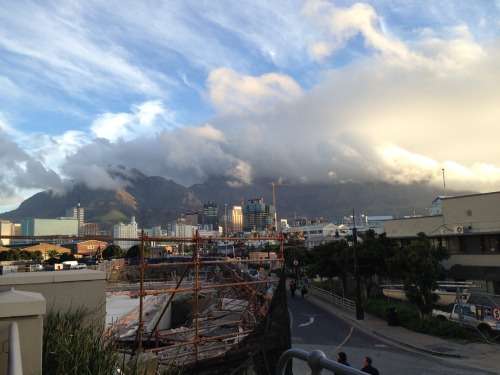
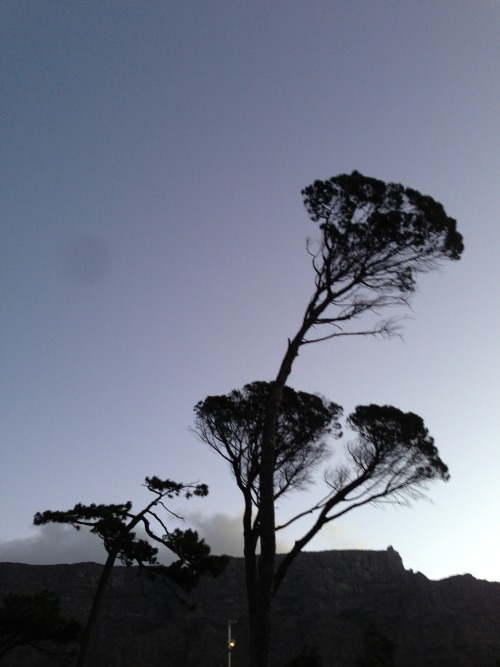
There is no doubt the two cities are very different, both in terms of their aesthetic and experience. You can almost tell Johannesburg is purpose built (for the extraction of gold) whilst Cape Town definitely feels like it developed more organically. Both cities have thriving creative industries just under the surface and the people whilst being very friendly are eager to succeed.
The Design Indaba was next....


